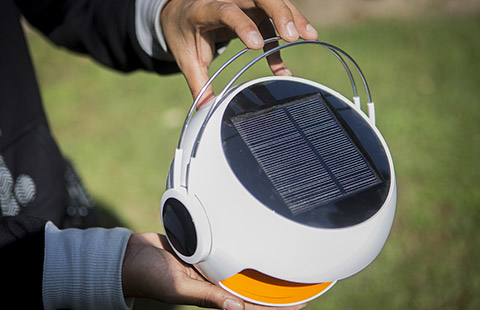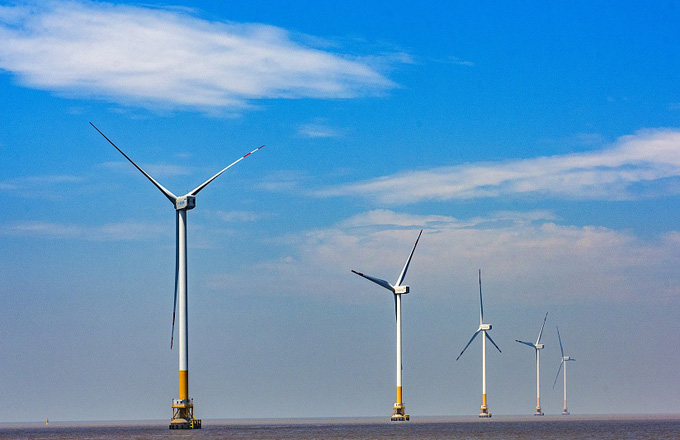Emerging markets to weather capital outflows on QE3 exit
There has been a retrenchment of foreign capital from EM economies, as indicated by high-frequency data on flows to dedicated EM equity funds in recent months and weaker inflows to EM bond funds. Presumably outflows from EM assets, which are perceived to be relatively risky, should benefit low-risk asset classes such as money-market funds in the United States and other developed economies, Huefner noted.
Emerging market equities posted steep declines in May amid disappointing growth news from China and Brazil, coupled with fears about earlier-than-expected ending of QE in the United States, the IIF's latest Capital Markets Monitor showed.
Challenge for China
"As the economic recovery and the end of QE3 in the United States coincide with slowing economic activities in China, we see that some international capital have flown out of China, which put some pressure on yuan's depreciation. The interbank rate in China spiked at record highs in the past week," said Guo Feng, a senior economist of the Asia Pacific Department of the IIF.
"Apart from the factor that the central bank refrained from injecting more liquidity, it was also attributable to this capital outflows. However, the impact should be smaller than other EM economies, given China's capital controls and structural surplus on the balance of payments," noted Guo, adding that China's central bank should be more flexible in accommodating these changes.
Global economic growth has been led mainly by EM economies in recent years. However, they have been showing signs of slowing lately. The main risk in the United States is a "disorderly exit" of easy monetary policy by the Fed. Slowing economic growth trends in China and India would end soon, but regaining momentum will prove difficult, the IIF noted in a recent Global Economic Monitor report.



















